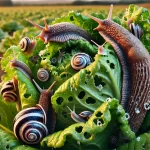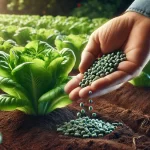Lettuce cultivation, while rewarding, faces the challenge of various pests that can compromise crop quality and yield. Effectively identifying and controlling these pests is essential for maintaining healthy crops. In this article, we explore the primary pests affecting lettuce, their symptoms, and integrated management strategies. Additionally, we include plant nutrition tips to ensure a robust crop, supported by technical information valuable for producers and professionals.
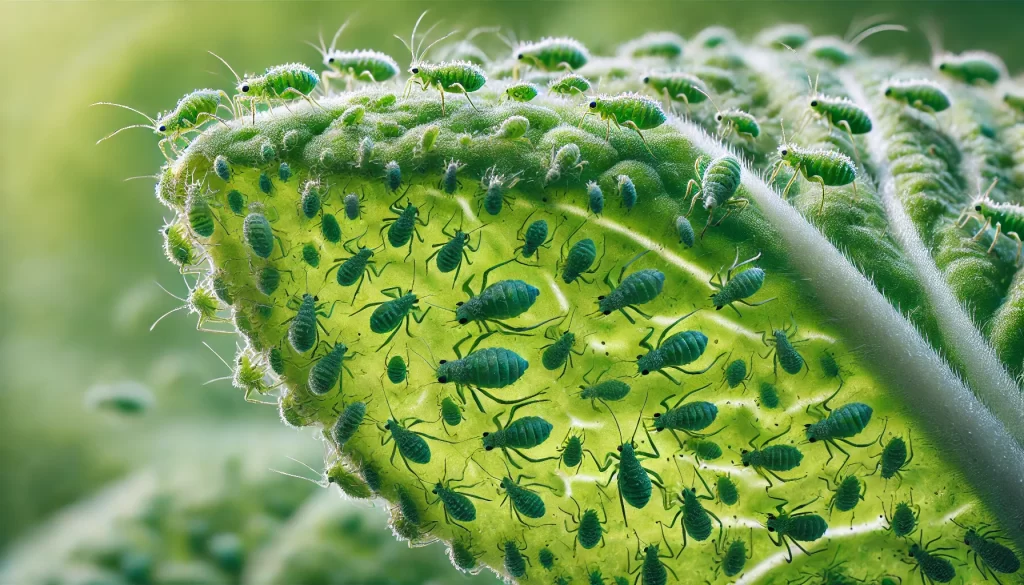
Common Pests in Lettuce Cultivation
1. Aphids (Aphididae)
- Description: Small sucking insects that cluster on tender leaves and stems.
- Symptoms: Curled leaves, yellow spots, honeydew promoting molds and fungi.
- Control: Use natural insecticides (potassium soap), introduce natural enemies (lacewings, ladybugs), and manually remove colonies.
2. Red Spider Mites (Tetranychus urticae)
- Description: Tiny mites feeding on sap, visible as small red dots.
- Symptoms: Yellow spots on leaves, fine webs underneath, premature leaf drop.
- Control: Apply specific acaricides, increase relative humidity, and encourage natural predators like predatory mites.
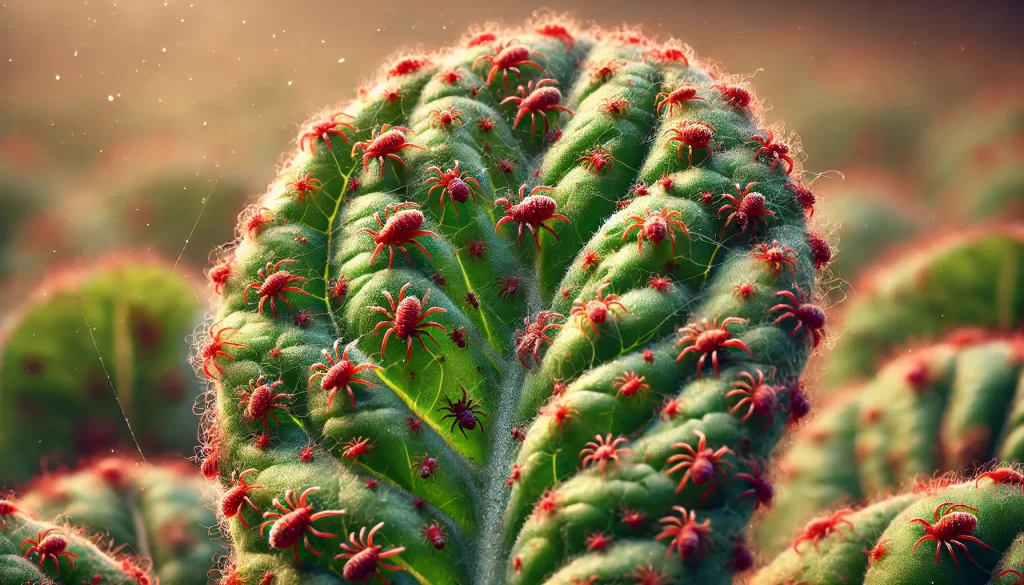
3. Whiteflies (Bemisia tabaci)
- Description: Small winged insects clustering on the underside of leaves.
- Symptoms: Sticky honeydew on leaves, sooty mold presence, general plant deterioration.
- Control: Use yellow sticky traps, selective insecticides, and biological control with predators like lacewings.
4. Slugs and Snails
- Description: Mollusks feeding on leaves and roots, creating holes and leaving slime trails.
- Symptoms: Chewed leaves, slime trails, extensive foliage damage.
- Control: Physical barriers, beer traps, and iron-based slug pellets.
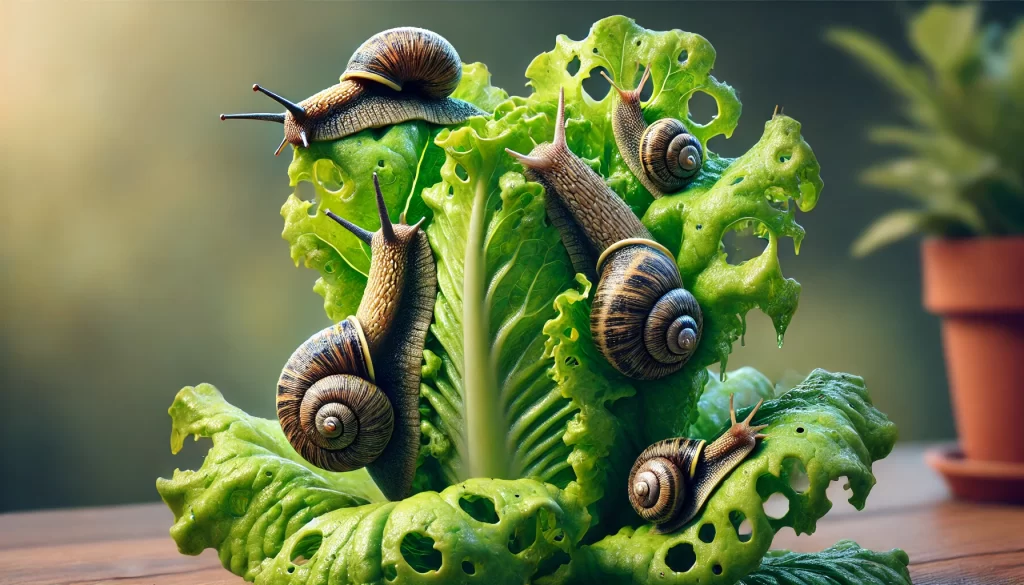
Pest Control Table
| Pest | Main Symptoms | Effective Control Methods |
|---|---|---|
| Aphids | Curled leaves, honeydew, sooty mold | Potassium soap, biological control, manual removal |
| Red Spider Mites | Yellow spots, webs | Acaricides, humidification, predators |
| Whiteflies | Sticky leaves, mold, reduced vigor | Yellow traps, selective insecticides, lacewings |
| Slugs and Snails | Chewed leaves, slime | Barriers, beer traps, iron gels |
Integrated Pest Management Strategies
Integrated Pest Management (IPM)
Adopting an integrated approach combines cultural, biological, and chemical methods to keep pests under control:
- Constant monitoring: Regularly inspect the crop to detect early infestations.
- Crop rotation: Alternating lettuce with other crops reduces the buildup of specific pests.
- Use resistant varieties: Choose lettuce varieties resistant to certain pests.
Cultural and Preventive Practices
- Field hygiene: Remove plant debris and keep the area weed-free to reduce pest shelters.
- Biological control: Introduce beneficial insects like parasitic wasps, ladybugs, and lacewings to naturally combat pest populations.
- Optimal growing conditions: A healthy crop, with proper irrigation and nutrition, is less susceptible to pest attacks.
Plant Nutrition Tips to Strengthen Lettuce
Proper nutrition improves lettuce’s resistance to pests:
- Fertile and balanced soil: Providing the correct balance of N, P, and K enhances plant robustness.
- Micronutrients: Elements like calcium and magnesium strengthen cell walls, making it harder for insects and diseases to penetrate.
- Fertigation and foliar applications: Administer nutrients during critical growth phases to optimize health and vigor.
Conclusion
Effective pest management in lettuce cultivation requires constant observation, a combination of control methods, and proper nutrition to strengthen plants. Adopting Integrated Pest Management practices and improving soil health are key strategies to reduce pest impact and ensure sustainable, high-quality production.
References
- Bliss, F.A. (2000). Vegetable Crop Production. CABI Publishing.
- Pedigo, L.P., & Rice, M.E. (2009). Entomology and Pest Management. Pearson.
- Kogan, M. (1998). “Integrated Pest Management: Historical Perspectives and Contemporary Developments.” Annual Review of Entomology, 43, 243-270.
 AgronoBlog – Agriculture Blog
AgronoBlog – Agriculture Blog 